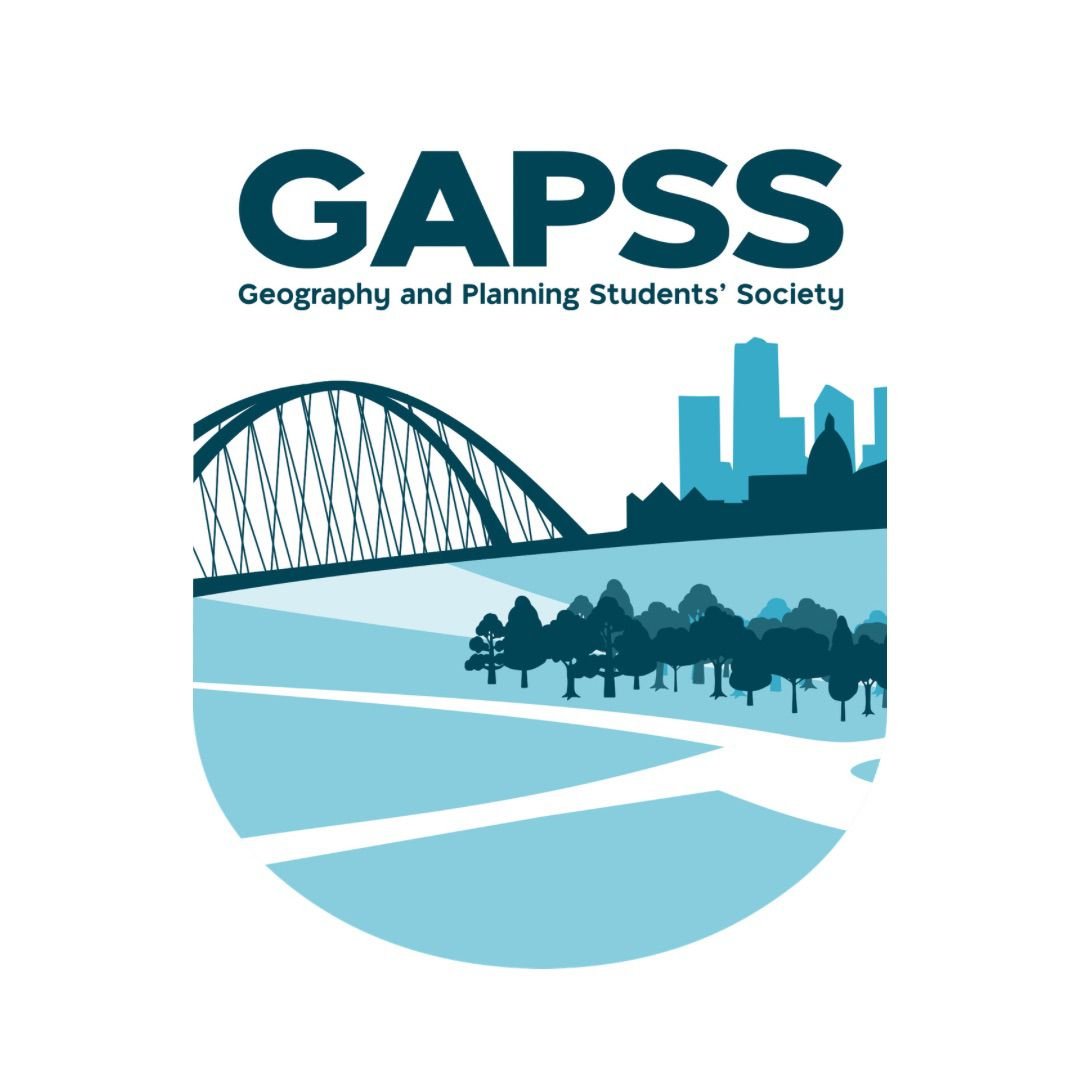De-stigmatizing Affordable Housing in Edmonton
/Blog Post written by Kevin Beauchamp
A townhouse complex in North Glenora
Courtesy of https://www.cbc.ca/news/canada/edmonton/edmonton-affordable-housing-moratorium-lifted-1.5180583
As many cities attempt to lessen the rising issue of homelessness, Edmonton has its own hurdles to overcome. The city created an ambitious goal to eliminate homelessness and has seen the number of homeless drop from 3,000 to 1,700 since 2008 (Figure. 1). Despite this, more people are becoming vulnerable to homelessness as the number of households on the waitlist for social housing units has increased from 6,000 to 10,000 since October [1], with only 4,500 total units of social housing in the city. Some of this could be attributed to the recent provincial budget that has cut affordable housing funding maintenance by $53 million [2]. Capital Regional Housing has closed housing applications, citing a 24 percent decrease [1] in the Rental Assistance Program. The reduction in funding also places its goal of building 900 new affordable homes [3] in doubt. While many sectors have experienced funding reductions, mayor Don Iveson [4] believes homelessness shouldn’t be one of them as funding could help alleviate the justice and health care systems and reduce costs for provincial taxpayers. However, the recent developments of CO-VID 19 and the decrease in oil prices puts the funding capacity into further doubt.
Figure 1 - Homeless Population in Edmonton
Courtesy of http://homewardtrust.ca/planning-research/homeless-count/
I believe that ending homelessness in Edmonton requires all major stakeholders involved to play their role. While appropriate funding levels are important, local government and community members must promote and accept the notions of affordable housing. In my research, I was surprised to find the city had lifted bans on affordable housing in five inner-city neighborhoods less than a year ago [5]. This memorandum was in place for seven years in light of poor housing conditions and the social impacts of homelessness. It’s encouraging to see a humanitarian approach to providing affordable housing, especially in critical areas, despite the negative connotations that affordable housing carries. If the city reaches it’s goal having 16 percent affordable housing in every neighborhood [5], it would distribute affordable housing away from concentrated neighborhoods and further reduce stigmas surrounding affordable housing and low-income earners.
Recent affordable housing proposal developments have shown concerns of “NIMBY-ism”, in relation to the residents affordable housing would attract. One development proposed beside Keheewin school [6] and another in Riverdale [7] received opposition, amongst other reasons, due to safety concerns regarding potential tenants. Although these concerns aren’t expressed by the majority in the communities, it’s troubling that they do exist and further stigmatize people in need of basic services. It brings about a paradox in a planning sense. As much as planning encourages citizen participation in developing plans and policies, what do planners do when the opinions they hear contradict the core objectives and values surrounding a particular concept? I think it’s challenging because someone’s opinions can be strongly based on personal experiences or how it would affect their lives, not leaving much room for research or other perspectives to change viewpoints.
Despite this, I believe educating citizens on the complex dimensions of homelessness can foster further acceptance of affordable housing units. Homelessness in itself is a “deep-rooted issue” that reflects divided communities, addiction, a lack of social supports, and poor job opportunities. Riverdale Community Leagues President Danny Hoyt [7] believes “people do want to have a better understanding of what affordable housing means, I think it could reduce that fear and anxiety about what could go next to your home”. Net progress in Edmonton could be assumed as the total homeless population has decreased, however, the waitlist for affordable housing shows an increased demand for these services. Also not reflected in these numbers are the mental health impairments and strained relationships those waiting for housing solutions face. A former resident of affordable housing [6] agreed with the proposed development by Keheewin school, reflecting on how her community provided her with the extra help that allowed her to become financially independent.
The Canadian Mortgage and Housing Corporation’s National Housing Strategy [8] reflects a broader concept of homelessness, emphasizing measures such as social inclusion, tenant supports, and tenant wellbeing to access customers’ needs. Capital Regional Housing [9] also recently conducted its first Wellbeing Survey, striving to measure quality of life in a holistic manner through physical and emotional health, community connections, and financial resources. I think it will lead to more well-rounded programs and policies that could further inform citizens about the complexities surrounding homelessness. Hopefully this will reduce the negative stigmas surrounding affordable housing and create more community acceptance and inclusion surrounding such units.
The recent events of the COVID-19 outbreak and the dramatic drop in oil prices has quickly shifted the immediate priorities of government officials and Albertan citizens. It already has or will place many people in a vulnerable position, making it harder to work, pay rent, buy groceries, and maintain physical and emotional health. While I don’t want to portray these events in a positive light, it could provide a moment to shed a light on own vulnerabilities and the potential stresses it places us under. Maybe we can better accept the difficulties the homeless population face and be more inclusive of affordable housing developments in our communities.
Sources
[1] Edmonton Journal, 2020, https://edmontonjournal.com/news/local-news/edmonton-housing-assistance-waitlist-balloons-in-wake-of-provincial-funding-cuts/
[2] Global News, 2020, https://globalnews.ca/news/6646082/alberta-affordable-housing-maintenance-funding/
[3] Edmonton Journal, 2020, https://edmontonjournal.com/opinion/columnists/opinion-affordable-housing-is-more-than-just-brick-and-mortar/
[4] Edmonton Journal, 2020, https://edmontonjournal.com/news/politics/alberta-budget-2020-cities/
[5] The Star, 2019, https://www.thestar.com/edmonton/2019/06/18/edmonton-city-council-lifts-moratorium-on-subsidized-housing-in-inner-city-neighbourhoods.html
[6] CTV News, 2020, https://edmonton.ctvnews.ca/affordable-housing-complex-decision-delayed-to-hear-outpouring-of-opposition-1.4778002
[7] CBC News, 2020, https://www.cbc.ca/news/canada/edmonton/affordable-housing-riverdale-1.5418536
[8] Capital Region Housing, https://static1.squarespace.com/static/5b0c501670e802807f359cb0/t/5c991fe70d9297397c29f0ca/1553539048909/Full+Paper+-+A+Vision+for+Affordable+Housing+in+Alberta.pdf
[9] Capital Region Housing, Tenant Wellbeing Community Report, 2018, https://static1.squarespace.com/static/5b0c501670e802807f359cb0/t/5b2ed72d70a6ade8bca35ac3/1529796398375/2018+Wellbeing+Report.pdf



